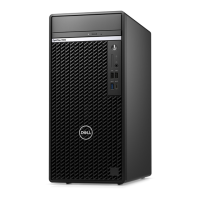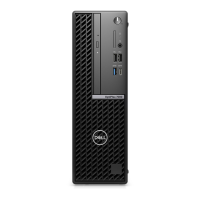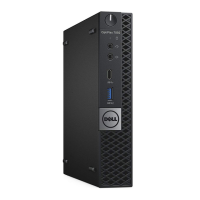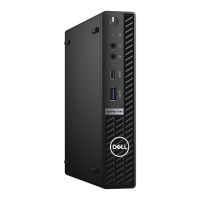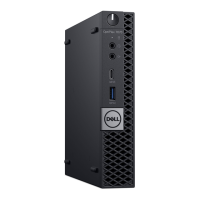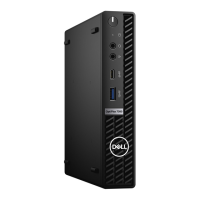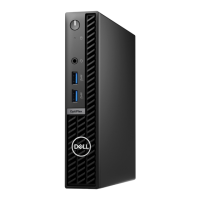H
Heather PerkinsSep 3, 2025
How to fix TPM detection failure on Dell Desktop?
- BBarbara ThomasSep 3, 2025
If your Dell Desktop is showing a TPM detection failure, replace the system board.
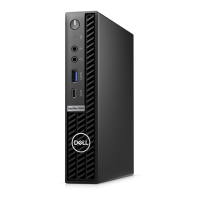
How to fix TPM detection failure on Dell Desktop?
If your Dell Desktop is showing a TPM detection failure, replace the system board.
What to do if BIOS Recovery image found but invalid on Dell OptiPlex 7000 Micro?
If your Dell Desktop indicates that the BIOS Recovery image was found but is invalid, flash the latest BIOS version. If the problem persists, replace the system board.
What to do if BIOS Recovery image is not found on Dell OptiPlex 7000 Micro Desktop?
If your Dell Desktop is showing a BIOS Recovery image not found, flash the latest BIOS version. If the problem continues, replace the system board.
What to do if invalid memory is installed in Dell OptiPlex 7000 Micro?
If your Dell Desktop has invalid memory installed, try resetting and swapping the memory modules among the slots. If the problem persists, replace the memory module.
How to fix memory/RAM failure on Dell Desktop?
If your Dell Desktop is showing a memory or RAM failure, try resetting and swapping the memory modules among the slots. If the problem persists, replace the memory module.
What to do if no memory/RAM detected on Dell OptiPlex 7000 Micro?
If your Dell Desktop isn't detecting memory or RAM, first confirm that the memory module is installed properly. If the problem continues, replace the memory module.
How to fix system board failure on Dell Desktop?
If your Dell Desktop is experiencing a system board failure, which includes BIOS corruption or ROM errors, try flashing the latest BIOS version. If the problem persists after updating the BIOS, you may need to replace the system board.
How to fix CPU failure on Dell OptiPlex 7000 Micro?
If your Dell Desktop is showing a CPU failure, run the Dell Support Assist or Dell Diagnostics tool. If the problem continues, you may need to replace the system board.
| Processor Options | 12th Gen Intel Core i5, i7, i9 |
|---|---|
| Memory | Up to 64GB DDR4 |
| Storage Options | M.2 PCIe NVMe SSD, 2.5-inch SATA HDD/SSD |
| Graphics | Intel UHD Graphics |
| Ports Front | USB 3.2 Gen 2 Type-C, USB 3.2 Gen 1 Type-A, headphone/microphone combo jack |
| Ports Rear | 1 RJ45 Ethernet port 2 USB 3.2 Gen 1 ports 2 USB 3.2 Gen 2 ports 1 DisplayPort 1.4a HBR2 port 1 HDMI 2.0 port |
| Wireless | Intel Wi-Fi 6E AX211, Bluetooth 5.2 |
| Operating System | Windows 10 Pro, Windows 11 Pro |
| Dimensions | 182 x 178 x 36 mm |
| Chipset | Intel Q670 Chipset |
Guidelines for protecting your computer and personal safety during service.
Precautions to observe before performing any disassembly or reassembly procedures.
Information on ESD damage types and preventative measures.
Instructions for removing and installing the computer's processor.
Instructions for removing and installing the computer's system board.
Steps to enter the BIOS setup program.
Step-by-step guide for updating BIOS from Windows.
Guide to update BIOS using the F12 One-Time boot menu.
Procedure to clear system or BIOS passwords.
Guide to update BIOS using a USB drive in Windows.
Managing system and setup passwords, including assigning and clearing.
Overview of the pre-boot hardware diagnostics tool.
